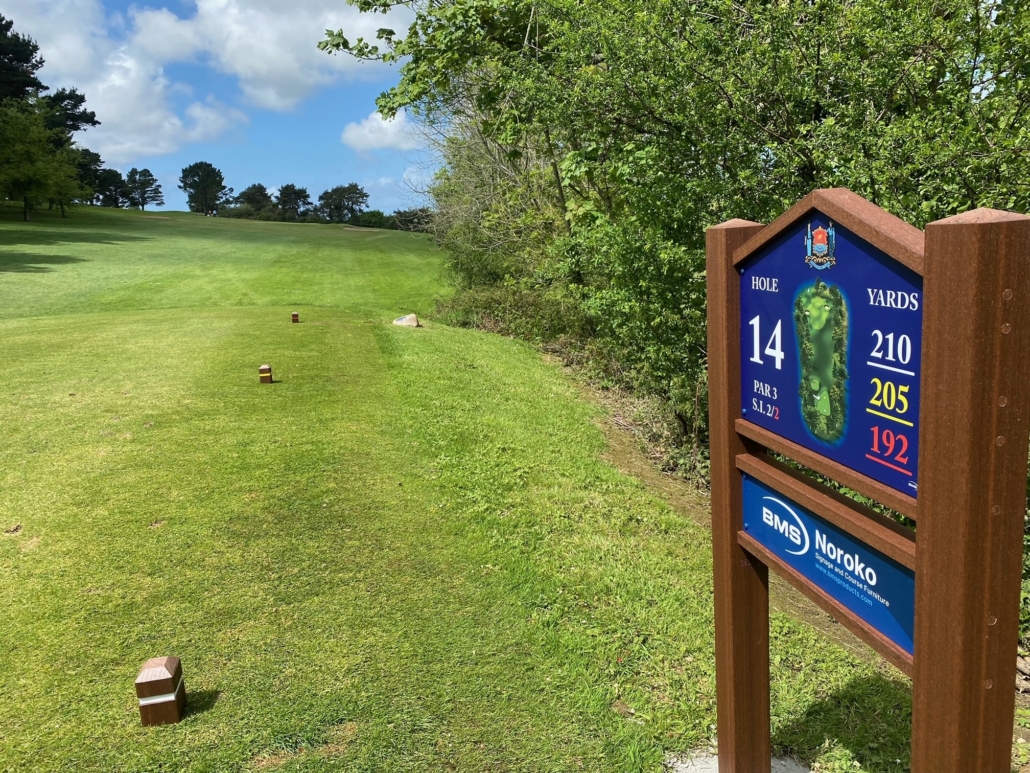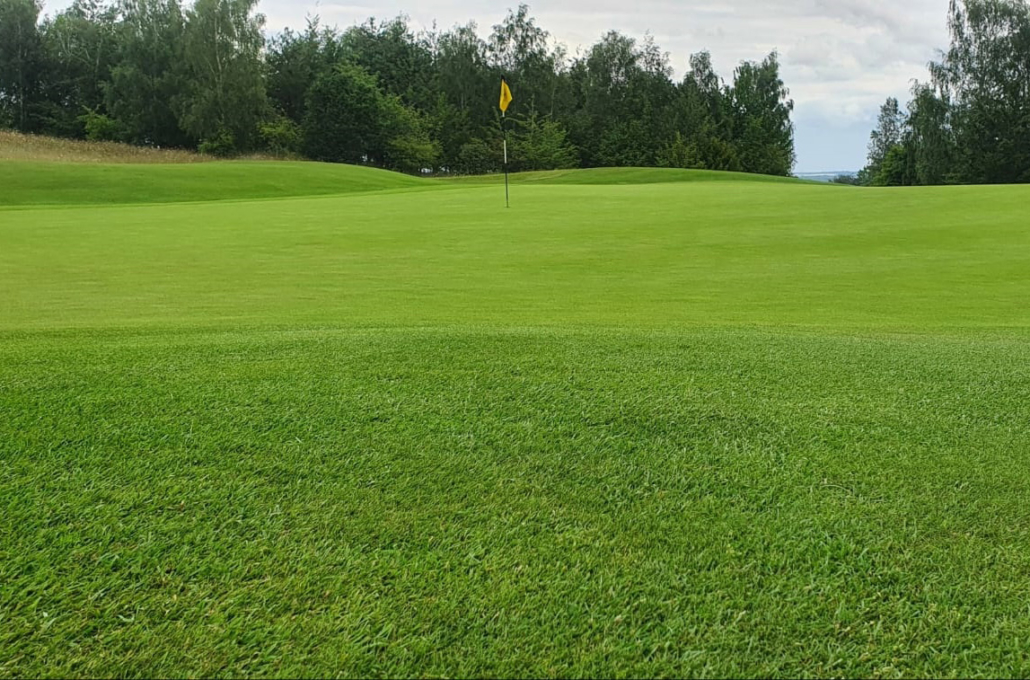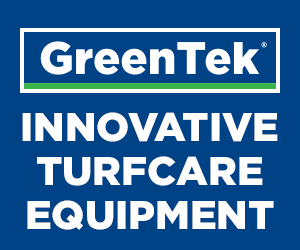TradeHelp – supporting all trades in 2023
TradeHelp – supporting all trades in 2023: TradeHelp announces plans to further grow its 15,000 strong network, having extended the free benefits to now support trades of all types.
Originally launched in 2014, TradeHelp has fast become the leading network for tradespeople, primarily supporting SMEs in the heating and plumbing industry with free software and special offers negotiated via a Buying Group.

TradeHelp – supporting all trades in 2023
Now, following a period of exciting progression, with developments to the leading mobile app and the addition of new industry partnerships, the door has been opened for even more trades to benefit from the TradeHelp network.
The free app, along with free desktop log-in, has an abundance of tools enabling trades to manage their businesses from the office, at home or on the road. With personalised quote and invoice templates, customer and appointment management, electronic forms and works records – to name just a few of the benefits and features – companies can provide professional documents and save time at the touch of a button. And more importantly, at no extra cost to them.
TradeHelp has also negotiated discounts and special offers with partners including Toolstation (5% off and quarterly prize draws), Trade Direct Insurance (up to 20% off), Trade Marketing (10% off), Enterprise Van Hire (10% off), Atoa Instant Bank Pay (0.5% fees and £40 cashback) plus many more. All ideal for smaller businesses.
Martin Jones, Managing Director of TradeHelp, explained: “We are delighted to be able to support even more tradespeople across the UK, with additions to the software and support from multi-trade merchants and business service partners. With the current economic climate and cost of living increases, there is no better time for businesses to make additional savings. This is where we can help.
“From electricians to builders and locksmiths, TradeHelp offers something for everyone, with no cost or commitment. Our members simply take advantage of what works for their business. It’s been a great success within the heating and plumbing sector so far and we look forward to continuing this with other trades into the future.”
To join the free TradeHelp Network, visit tradehelp.co.uk or download the free app from the App Store or Google Play.
For the latest industry news visit turfmatters.co.uk/news
Get all of the big headlines, pictures, opinions and videos on stories that matter to you.
Follow us on Twitter and Instagram for fun, fresh and engaging content.
You can also find us on Facebook for more of your must-see news, features, videos and pictures from Turf Matters.

















